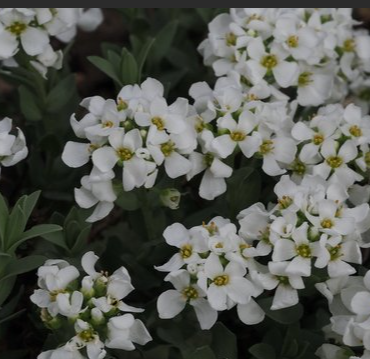Information report for AA20G00074
Gene Details
|

|
Functional Annotation
Family Introduction
Literature and News
Gene Resources
Sequences
Information report for AA20G00074
Gene Details
|

|
Functional Annotation
Family Introduction
Literature and News
Gene Resources
Sequences